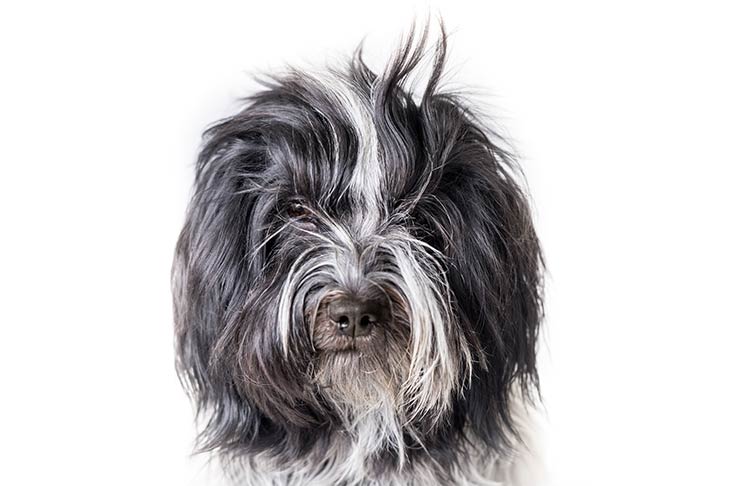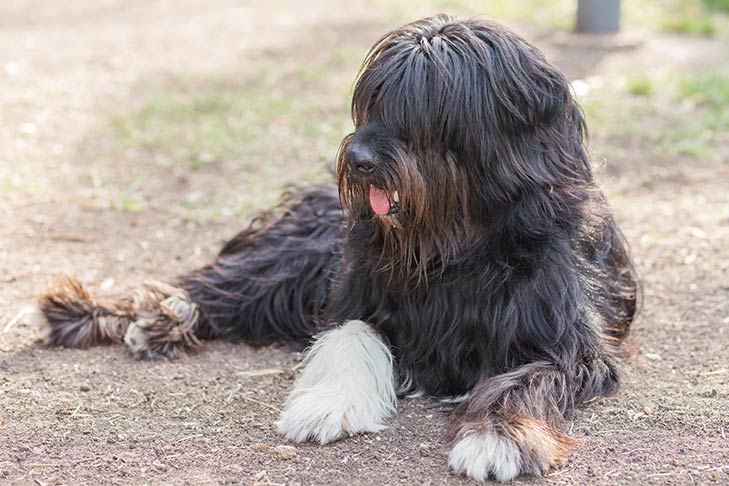The Dutch Sheep Dog is another name for this shaggy sheepdog from Holland. Schapendoes make excellent family pets since they are bold, amusing, clever, and upbeat. Additionally, they have a tremendous need to be liked.
In the Netherlands in the late 19th and early 20th centuries, Schapendoes were common, but when Border Collies were brought in, their population significantly decreased. The Schapendoes breed was revived in 1947 with the establishment of the Nederlandse Schapendoes breed club. The Schapendoes is a medium-sized, long-coated dog with a light build. He excels at agility and other dog sports thanks to his fluid, bouncy movements, and amazing jumping skills. He is sharp, vigilant, active, kind, and brave in character. He also has strong spirits. He grows to love and be loyal to those who are acquainted with him.









 Health
Health Grooming
Grooming Exercise
Exercise Training
Training Nutrition
Nutrition